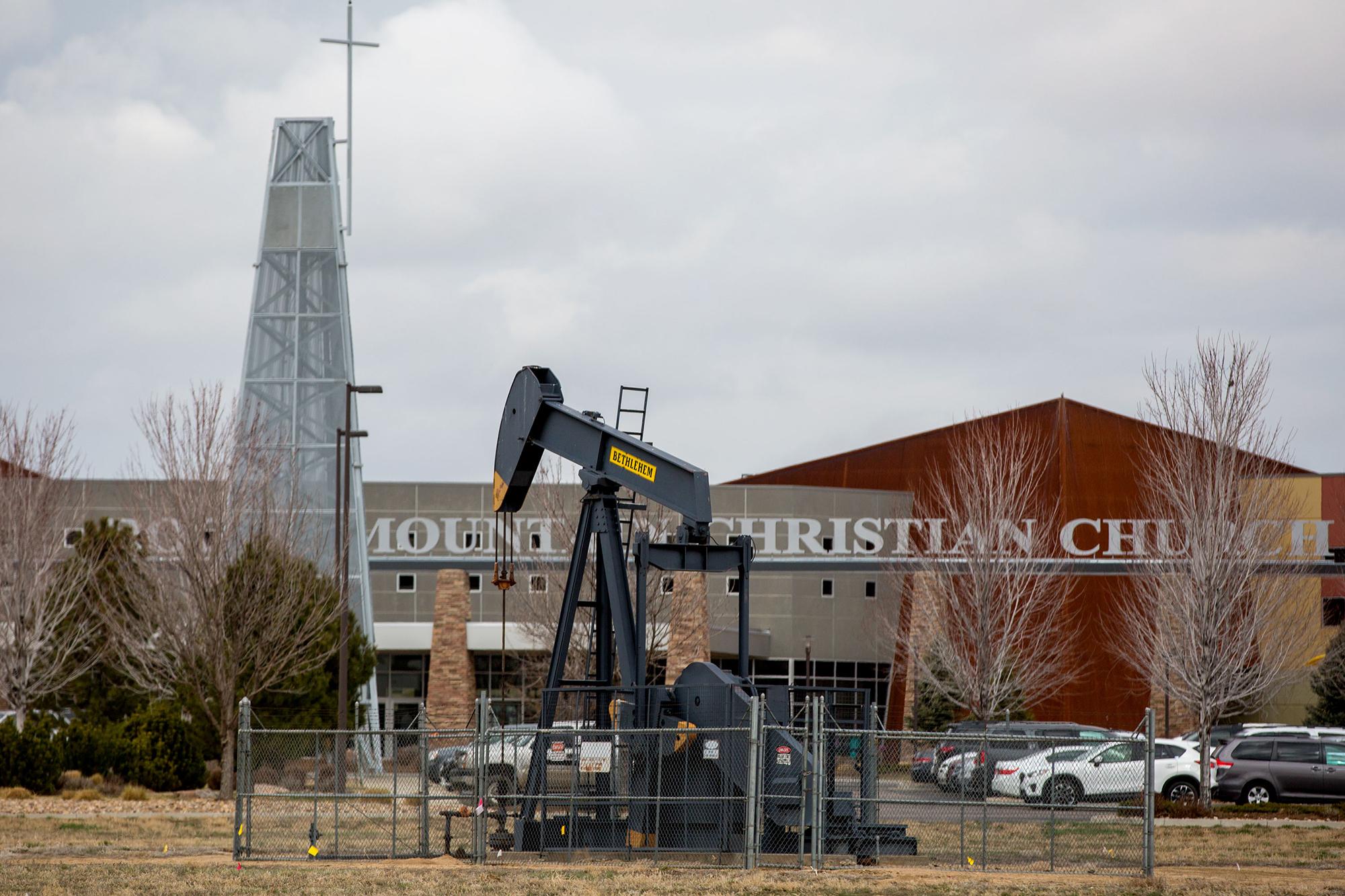
A new study finds that those who live near oil and gas operations that are in pre-production phases are at a higher risk of headaches, dizziness, respiratory issues and eye and skin irritation.
The Colorado Department of Public Health and Environment released the report Thursday. It used data collected by Colorado State University and looked at “worst-scenario” conditions within 2,000 feet of a well pad. CDPHE says the health effects are consistent with the ones reported to their health line.
Current state regulations prohibit oil and gas facilities from being closer than 500 feet from homes and 1,000 feet from schools, health care centers and other high-occupancy buildings.
“This study just reinforces what we already know: We need to minimize emissions from oil and gas sources,” said John Putnam CDPHE environmental programs director. “As we learn more, we have a better roadmap for where we need additional research.
“However, while we pursue further research, we won’t delay enacting stricter emissions standards for chemicals that cause human health effects, ozone pollution, and climate change,” he said.
The study used emissions data from oil and gas operations to create a hypothetical model of exposures and health impact risks. It accounted for how the pollutants move through the air, weather conditions and emissions from the source.
It looked at well pads that are in pre-production, including drilling, fracking and flowback. The study did not examine well pads that are currently producing oil and gas.
The study speaks to the risk of health impacts from being near a single well pad, and didn’t study the potential impacts of being near multiple well pads.
The impacts could possibly be felt during worst-case conditions, which model the highest of what could reasonably be expected from a single well pad during different phases of oil and gas development. The risk of short-term health impacts was largely from exposure to benzene, toluene and ethyltoluenes, according to the report.
The risk of short-term health impacts from average or everyday conditions wasn’t part of the study, and it didn’t estimate how often worst-case conditions could occur. It also didn’t rule out the possibility of chronic health impacts. The state health department said more study needs to be done to know how often people are exposed to the worst case conditions.
“We’re going to intensify our efforts in the next upcoming months to collect more samples of exposures surrounding oil and gas wells,” Putnam with the state health department said.
In response, Colorado Oil & Gas Conservation Commission Director Jeff Robbins said they will “Immediately enact stricter and safer precautionary review measures to protect public health, safety, welfare, the environment and wildlife.”
“Our response is threefold and includes a new plan for permit review, a new plan for testing, and then a plan to use the information from the testing for future regulation and rulemakings,” Robbins said.
The plan includes a review of proposed locations for oil and gas development permits within 2,000 feet of another structure. That will expand the review process, which is already mandated for wells within 1,500 feet of other buildings mandated under the sweeping oil and gas reform law enacted this year..
But the study doesn’t rule out the possibility of health impacts at greater distances than 2,000 feet becasue it didn’t look beyond that distance.
COGCC said it’s proposed to collect data from several actual oil and gas locations to compare to health department’s study.
“If the actual data collected demonstrates that impacts in exceedance of acute health risk values are occurring or likely to occur, the COGCC may take additional regulatory actions to curtail the activities causing those impacts,” the COGCC said in a statement.
Lynn Granger, executive director for the Colorado Petroleum Council, issued a statement following the release of the report. It notes the ICF, a state consultant, used statistical models to complete the research rather than direct air quality measurements.
“As an industry we rely on data, facts and science and look forward to working with CDPHE and the COGCC on actual air monitoring in the future, which is what should be used when developing policy and regulations,” she said.








